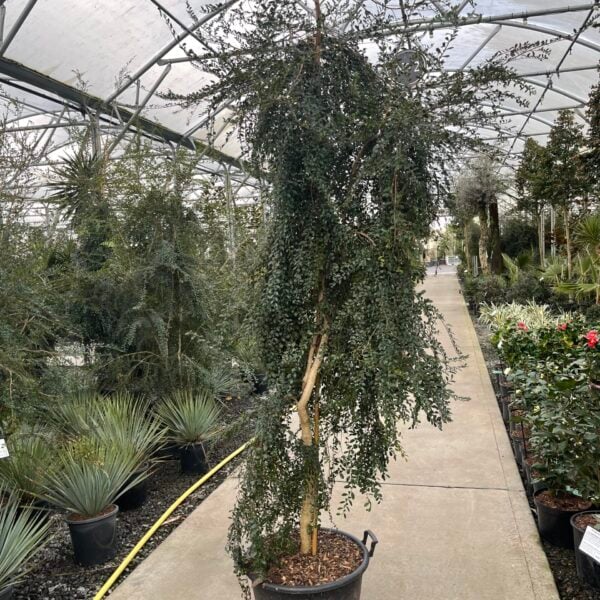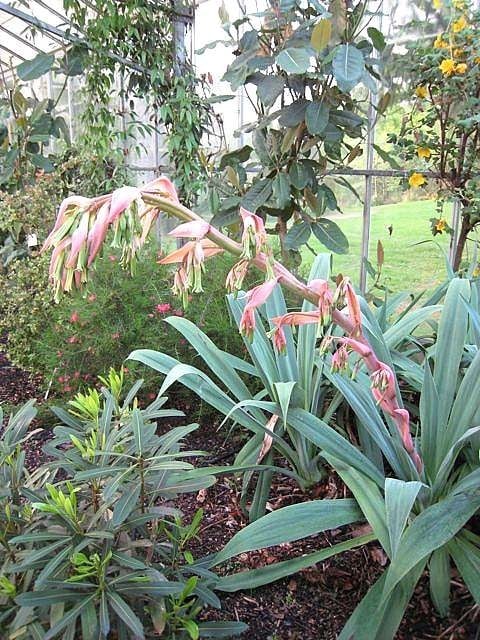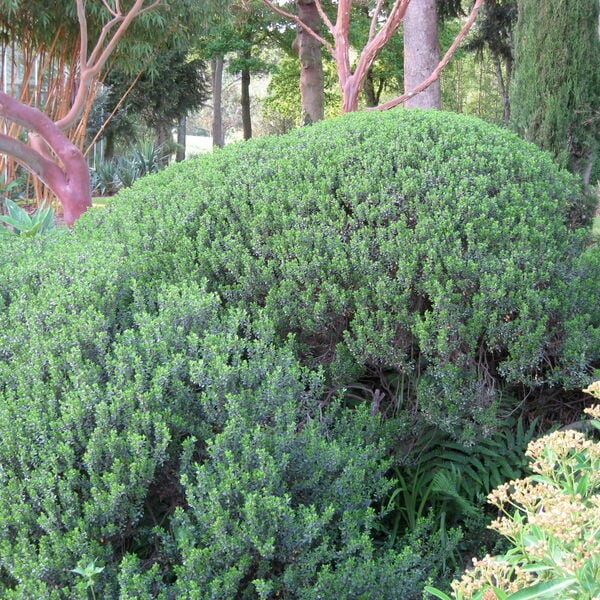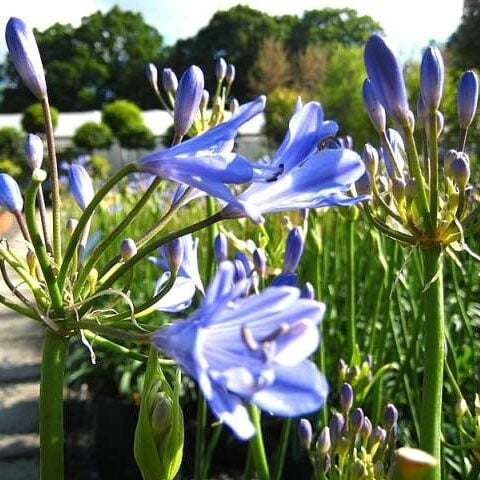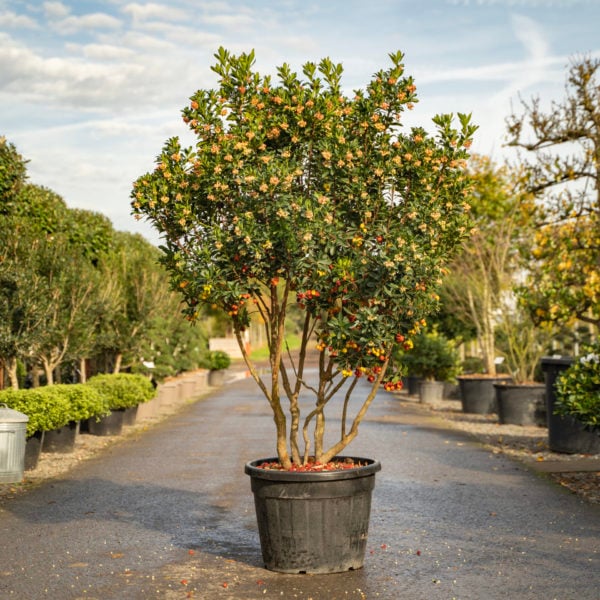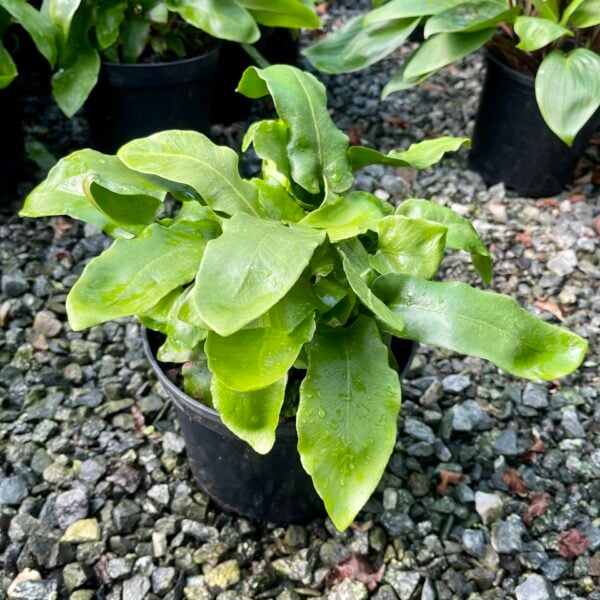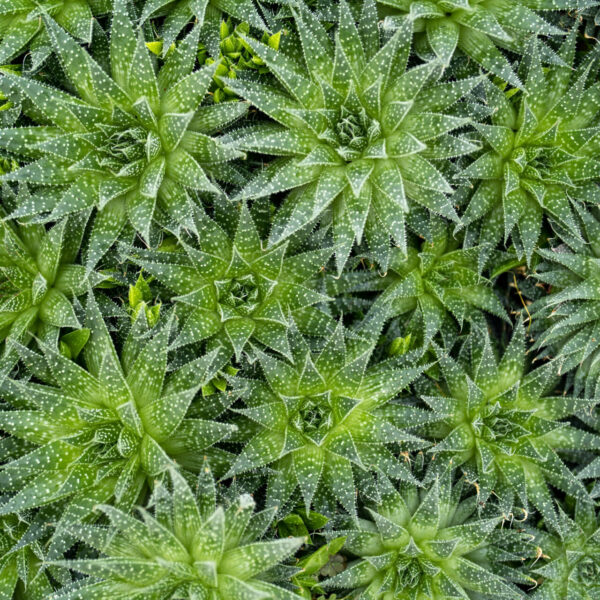Malus domestica ‘Golden Delicious’ (Double cordon apple)
Well known dessert apple. It crops well and the fruit, which starts green and ripens to golden yellow can be stored from November till February.
Sun to partial shade, in most fertile well drained soils. Prune to shape 3 or 4 times over the year, so non fruiting shoots after flowering in the spring, shorten long growths in August and tidy to shape in the winter.
Please contact us for stock availability and sizes.

Hardiness level Green
That well-known dessert apple, filling the pockets of scrumpers and escaping from school-trip lunch boxes to roll and tumble, with a thumpily solid bonk, all the way down the coach to emerge a bit bruised but still delicious. In those days, I was likely happier with an Orange Club or a Wagon Wheel, but those don’t grow on trees.
‘Golden Delicious’ crops heavily and very reliably, too. The fruit starts green and ripens to a soft, peach-blushed golden yellow and the branches of the pretty trees positively sag under their weight. This abundant fruit stores very well, and if picked and packed properly you could have a steady supply from November till February.
The best apples for pies and tarts, in our opinion, and that’s good because it does need a proper summer to ripen well. In some areas of the UK where summers can be cooler and shorter it may not manage to fully get there, but don’t despair. It cooks magnificently: pies and tarts like we said, but also for baking and poaching. Get creative or make an alliance with someone who’s good at pastry.
Our specimens have been trained into a ‘Double Cordon’ which is two U’s. Super for growing against walls or creating a fast dividing wall or screen for some living, productive architecture. This habit lends them well to formal garden designs but they look smashing in cottage garden settings and city spaces, too.
Plant them in full sun to partial shade, bearing in mind that it will crop best in a properly sunny spot. Perfectly adaptable and fine in most fertile well-drained soils. The pruning of some fruit trees is presented as a Dark Art and you mustn’t be intimidated by this. It’s dead easy:
Prune to shape and maintain 3 or 4 times over the year. This one is a ‘spur-bearing’ which means the fruit buds will erupt from all along the branches and stems, and rarely from the tips. That’s pretty normal for apples and means you can gently tidy and shape after flowering in the spring, and then again in August to shorten too-long growths (you’ll clearly identify all the bits carrying fruit: don’t lop these, silly) Then just tidy to shape in the winter, as necessary.
N.B. When clipping several plants with the same tool, have a bucket containing a 5% bleach solution and swish your blades around for 30 seconds between plants to sterilise them. This will help avoid the chance of cross contamination of disease.
As with all woody plants, plant high, exposing as much of the taper at the base of the trunk as possible. Allowing soil to accumulate round the base of a tree can be fatal. Keep very well-watered when first planted.
Additional Information |
|
|---|---|
| Continent of Origin | |
| Features | |
| Flower Colour | |
| Hardiness | |
| Plant Type | |
| Tree Size | |
| Light | |
| Situation | |
| Soil Type | |






